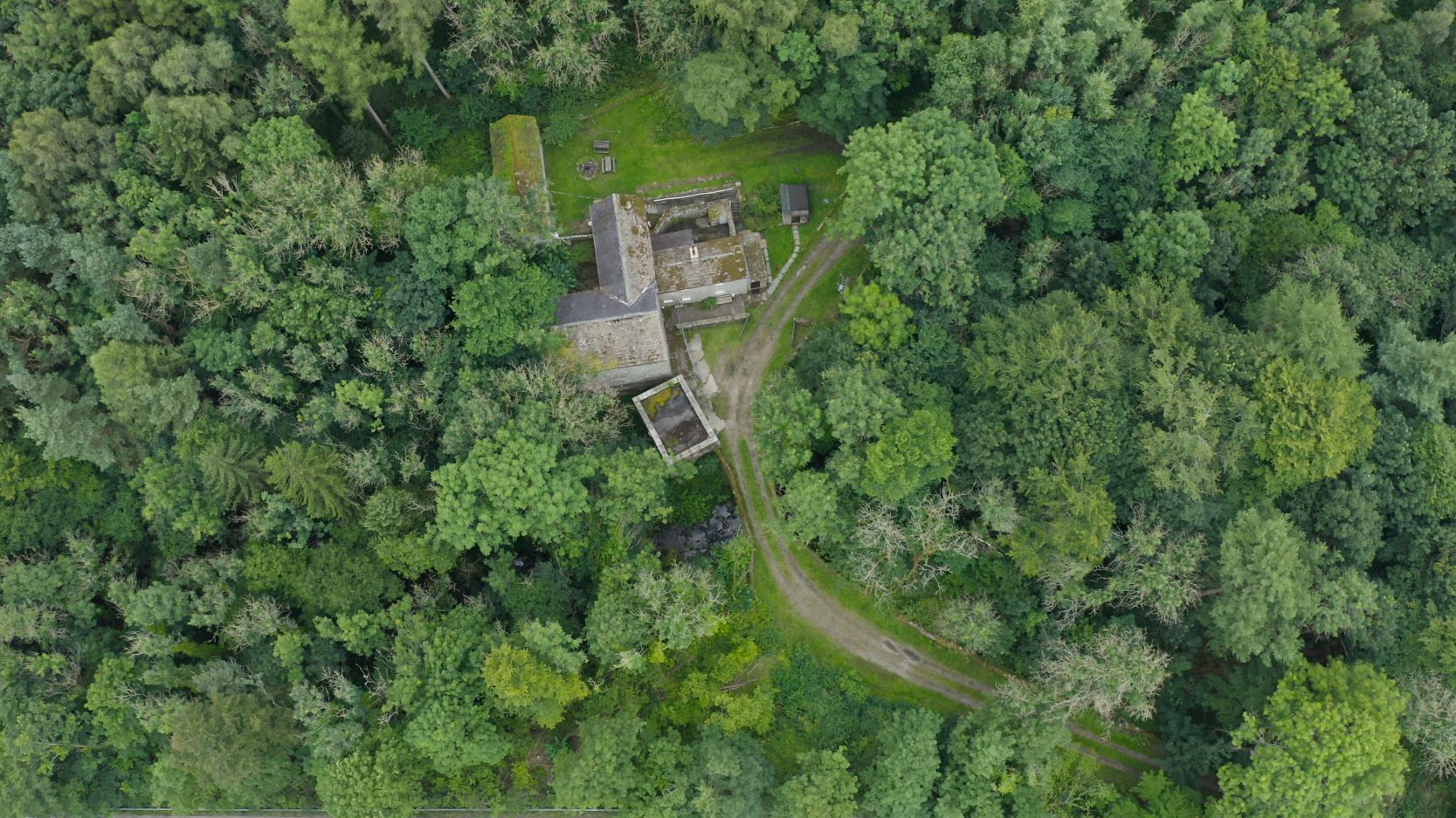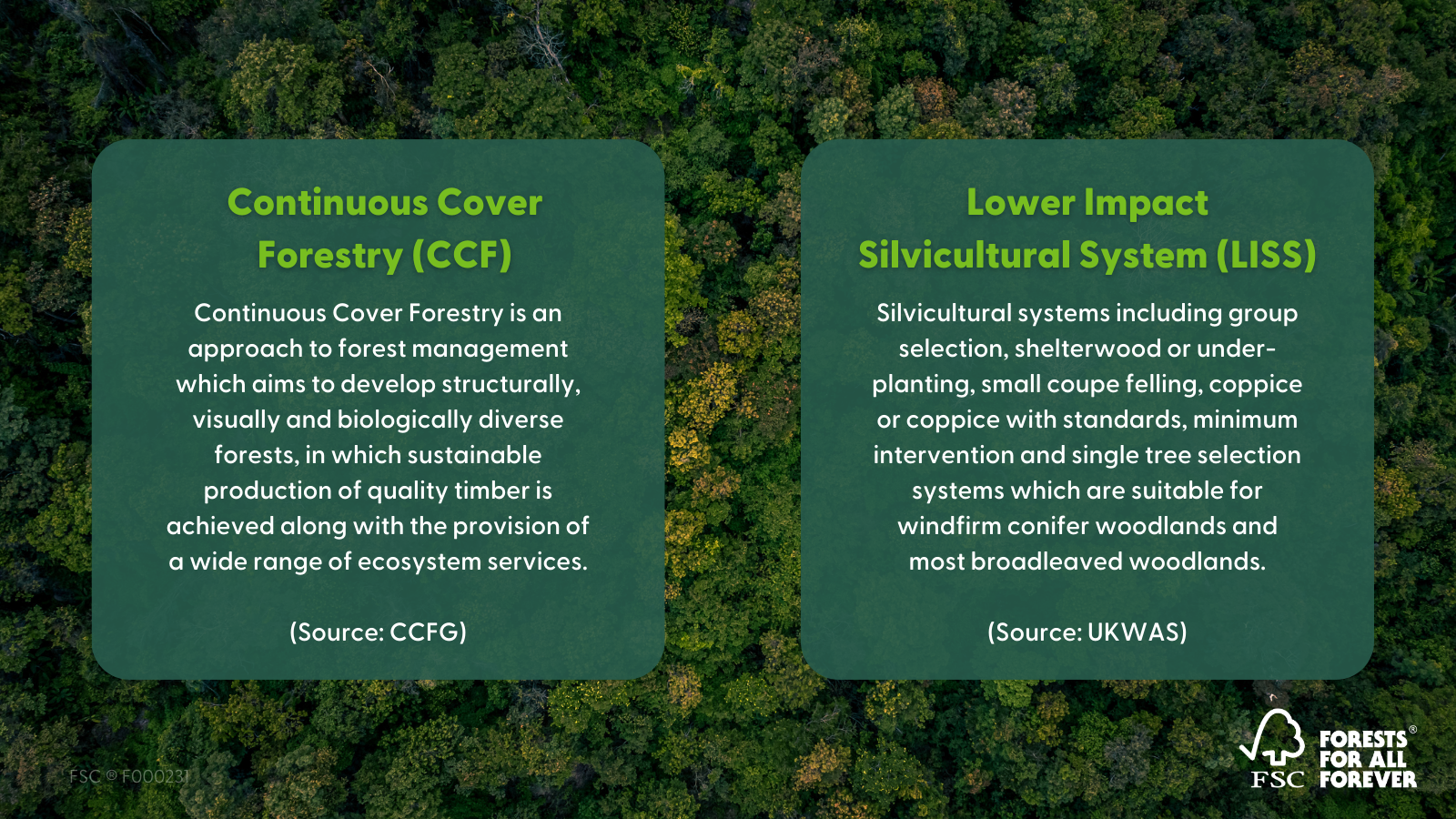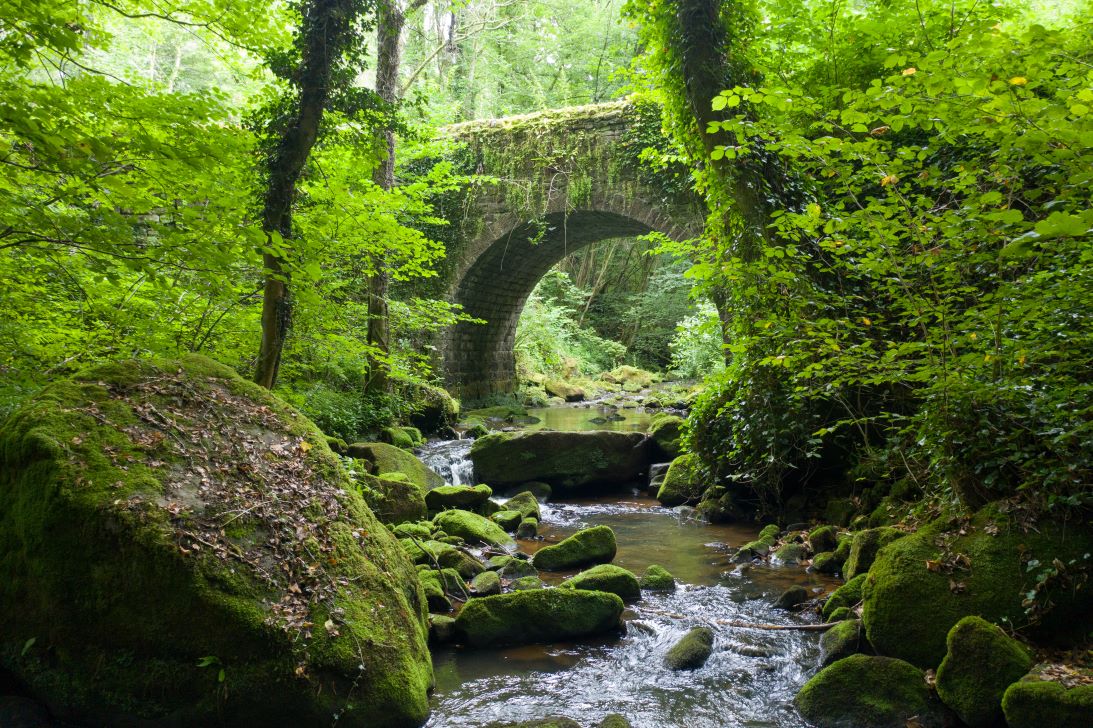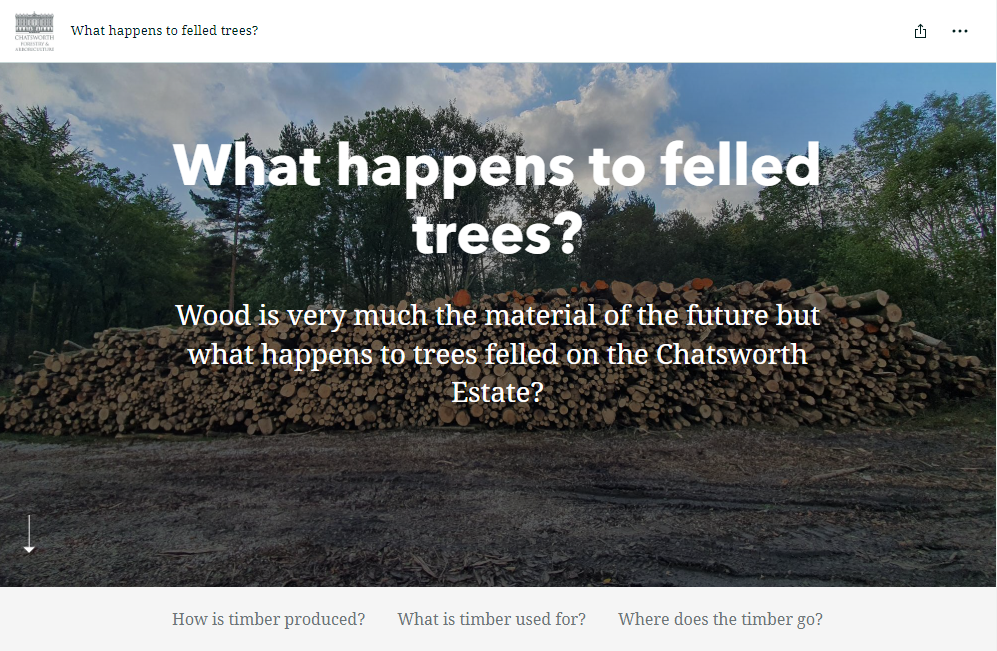Forestry Manager, John Everitt, leads a diverse team of 15, which has rapidly expanded since the Covid pandemic and associated restrictions catalysed a shift from using contractors to building up the in-house team. John is joined by colleague, Jemima Letts, who first started at Chatworth on placement post-university before becoming a permanent member of the team. In addition to their obvious passion for all things forestry, John and Jemima share a love of cricket, and so, as Amy begins her introduction to the Estate, in the newly renovated estate office, its clear that regular updates on the Ashes will also be an essential component of the day.

John, a fifth-generation forester, who joined the team in 2016, was brought in to commercialise the woods of the Estate in a sensitive and sustainable manner. Sensitivity is key, not just to maintaining the landscape value and woodland skyline surrounding Chatsworth House itself, but also to conserving biodiversity, with the Estate comprising 650 hectares of ancient woodland and plantations on ancient woodland sites and a number of Sites of Special Scientific Interest. To both these ends, 71% of the Estate’s woodlands are managed through low impact silvicultural systems and continuous cover forestry with minimal intervention.

The FSC forest management standard, against which the Estate is certified, requires managers to use practices in the care and cultivation of their woodlands that are ecologically appropriate for the vegetation, species, sites and their management objectives and encourages the adoption of lower impact management systems. The custodians of Chatsworth Estate have set 10 goals for the next 10 years, to help ensure Chatsworth benefits as many people as possible. FSC certification, says John, aligns with these goals, which include a multitude of environmental and social aspirations.
But while Chatsworth may not look like a traditional commercial forestry estate, it’s no small player when it comes to timber, felling up to 8,000 tonnes each year, much of which it delivers to local sawmills. For sales, FSC certification opens markets and can add a small premium. Homegrown woodchip is also used to power the Estate’s biomass boiler, its FSC certification making it easier to receive payments under the Renewable Heat Incentive government scheme.

As is typical with the best-laid of plans, however, all has not gone exactly as hoped. As in many forests, larch and sweet chestnut infected with Phytophthora ramorum (a fungal-like organism that causes the death of a wide range of trees and shrubs) have had to be felled in Stand Wood, behind Chatsworth House. This, together with other pre-emptive protective fellings and harvesting to restructure the forest, has sometimes raised a few public eyebrows.

To help visitors to better understand this work, QR codes are now used on operational sites, linking to story maps (as seen on the right) about what work is being done and why, or to details of sawmills where wood from the Estate can be purchased.
While this digital initiative has enhanced communications with the public, the Team also employ effective technology in their day-to-day work, using the Arc GIS Field Maps app to log monitoring data in the field, making reporting for audits and monitoring conformance with certification requirements far easier.
John and Jemima, teammates not just as Estate employees but also as members of the Chatsworth cricket team, want to change the idea of what is considered productive forestry and the perception of a clear divide between commercial and conservation management. With both youth and experience (collaboratively) on their side, they and the team are demonstrating that responsibly managed forests and landscapes can offer returns far beyond (but also including!) the purely financial.
You can find out more about Chatsworth Estate on their website.

